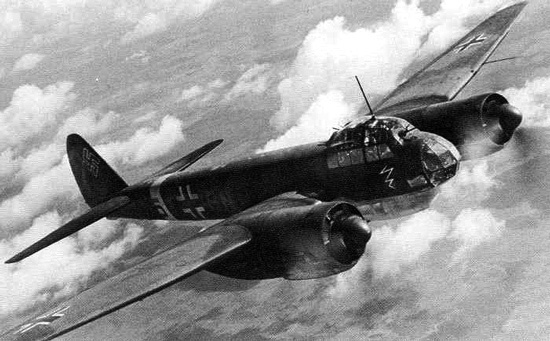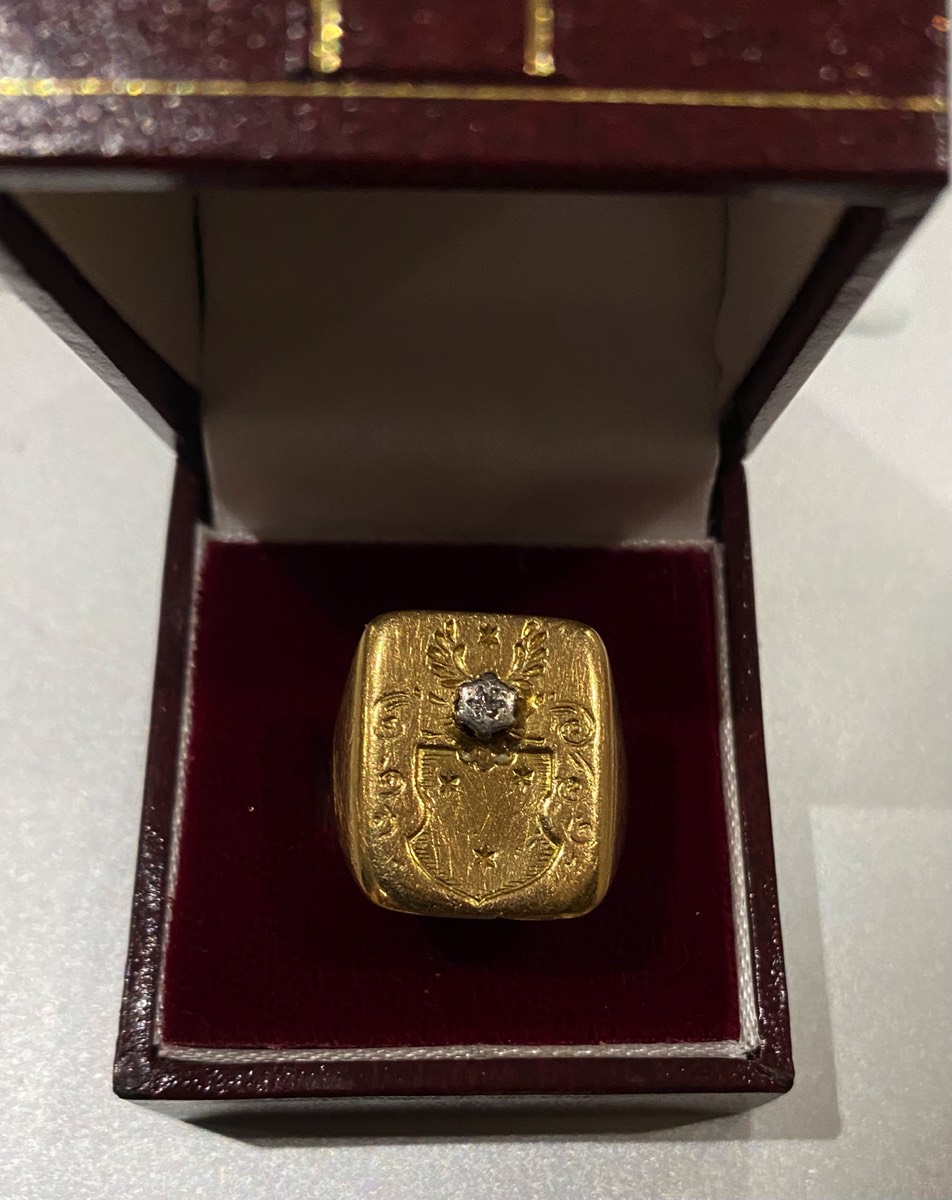
Junkers JU88 twin bomber.
German Aircraft Over East Lothian
East Lothian’s air war was at its most active in the early years of the 1939-45 war. After 1943 incursions by the Luftwaffe over the Forth area and the Lothians steadily declined as the cost of the necessarily long-distance incursions rose. The Luftwaffe had insufficient aircraft to risk them on such a dangerous flight as its squadrons were drawn ever deeper into the chilly vastnesses of the Russian campaign and Operation Barbarossa.
The main attraction of the Forth area for the Luftwaffe was, of course, naval. In the early years of the war and in addition to reconnaissance flights, a number of bombing raids were mounted on Allied shipping in the Forth either to attack ships directly or to lay mines in the shipping lanes. As one part of the efforts to protect the Forth basin from these attacks, fighter squadrons were based at RAF Drem, the main RAF fighter station in the county.
Monday, 16th October 1939: First Luftwaffe Raid Over The UK Mainland
This early afternoon raid by nine JU88s was the first Luftwaffe attack launched over mainland UK. Despite local rumours at the time, rumours that have often persisted, the Forth Bridge was not the intended target. In fact, the main target was HMS Hood, a battlecruiser commissioned in 1920 and nicknamed the 'Mighty Hood' since, for twenty years, it remained the largest such ship afloat. German reconnaissance had traced it to the Forth.
However, at this early stage of the war, Hitler had ordered that the Luftwaffe was not to bomb targets on land and, since the JU88s discovered the ship in dry dock, no attack was made on it. As a consequence they turned their attack onto opportunistic targets including HMS Southampton, HMS Mowhawk and HMS Edinburgh and damage and casualties resulted. Spitfires from 602 Squadron (City of Glasgow), based at Drem and 603 Squadron (City of Edinburgh) based at Turnhouse, were scrambled to intercept.
These were both Auxiliary Squadrons whose pilots were civilians, 'week-end pilots', and it was a credit to their training and dedication that the RAF's first aerial success of the war went to them. Flight Lieutenant Pat Gifford, 603 Squadron, shot down the very first one which crashed into the Forth off the coast at Port Seton. Very soon after Flight Lieutenant George Pinkerton, 602 Squadron, bagged one off Crail.
The commanding officer of the Forth raid squadron, 1/KG30 from Syllt, was Hauptman Helmut Pohle. His plane was shot down by Pinkerton just after Pat Gifford had shot down Oberleutnant Hans Storp’s plane off the East Lothian coast. The Port Seton fishing boat, the Dayspring, skippered by John Dickson Snr and crewed by his sons, John and William and by Sandy and Andrew Harkness, was treated to a grandstand view of the raid and its subsequent finale off Port Seton and Crail.
John stopped fishing and sailed the Dayspring over to Storp’s aircraft’s crash site where he and the crew were able to rescue, cut and bruised but alive, three of the German crew including Storp, Feldwebel Hans George Hielscher and Feldwebel Hugo Rohnke. Their gunner, Obergefreiter Kramer, died and went down with the plane. Grateful at being rescued, Hans Storp gave John Dickson Snr a gold ring, shown below. This ring, contrary to sources which claim it was handed back to Storp on a post-war visit, is still firmly in the Dickson's family's possession.

Han's Storp's ring, given to John Dickson in gratitude at his having rescued Hans and two of his crew.
[D. Haire]
Page under development

